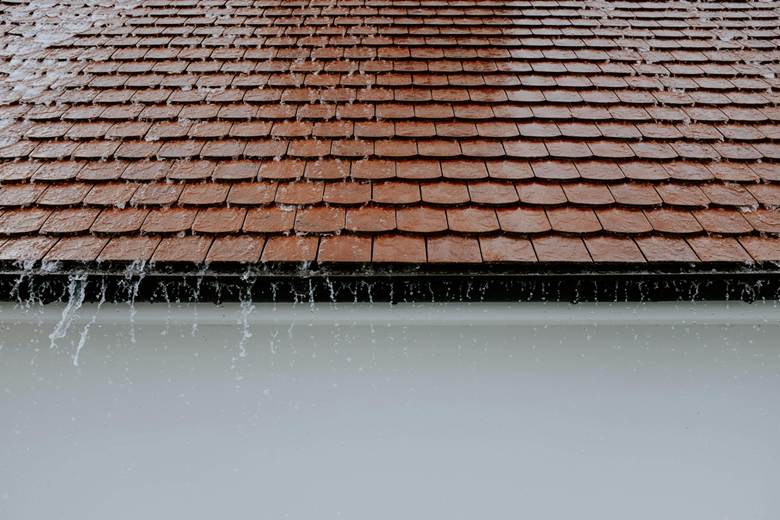
Flooding, whether from a burst pipe, heavy rainfall, or natural disaster, can turn a safe home into a hazard zone within hours. The visible destruction tells part of the story, but the less obvious health and structural risks can linger long after the water recedes. Taking prompt and well-informed action is essential to restore both comfort and safety.
The Silent Threats After Water Recedes
Once the standing water drains away, homeowners often assume the worst is over. Unfortunately, moisture continues to saturate walls, floors, and insulation long after surfaces appear dry. This damp environment becomes a breeding ground for mold, mildew, and bacteria. Even a minor water event can trigger rapid microbial growth that affects air quality and causes respiratory issues, especially for children, seniors, and anyone with allergies or asthma.
Electrical systems are another area of concern. Outlets, wiring, and appliances exposed to water can malfunction or create fire hazards if used before being inspected by a qualified professional. Any structure that has absorbed water, including subflooring and drywall, should be evaluated for hidden damage.
Quick Action Makes a Difference
Time matters. Every hour counts in reducing contamination and decay. The first priority should be removing all standing water and drying out affected areas thoroughly. Open windows, run fans, and use dehumidifiers to speed up the process. If floodwaters included sewage or chemicals, it is especially important to clean and disinfect every surface touched by water.
Floor coverings like carpets and padding are often unsalvageable and should be removed to prevent further bacterial growth. Drywall that has soaked up water may need to be cut away several inches above the high-water line. Pay special attention to any lingering odors or discoloration, as these can indicate mold growth behind surfaces. Even areas that appear dry to the touch can harbor moisture deep within, making thorough inspection essential. Skipping these steps can lead to costly repairs down the road and potential health risks.
Preventing Long-Term Damage
After the initial cleanup, the restoration phase begins. This includes replacing damaged materials, repairing structural weaknesses, and thoroughly inspecting insulation and HVAC systems. Failure to do so can result in long-term issues like warped floors, crumbling drywall, and persistent health complaints from poor indoor air quality.
Professionals trained in water damage restoration services bring essential tools and expertise that most property owners lack. Thermal imaging can detect hidden moisture, and industrial-grade dehumidifiers can dry spaces more efficiently than consumer models. Relying on qualified help can protect against further property loss and safeguard your investment in the long term.
Recovering from a flood involves more than physical repairs. It requires addressing the hidden effects of water that can linger beneath surfaces and inside walls. Immediate action combined with expert guidance ensures your home is not just dry, but safe to live in again. Awareness, vigilance, and a strong response strategy can help families regain security and peace of mind after even the most disruptive water event. To learn more, feel free to look over the accompanying resource below.









